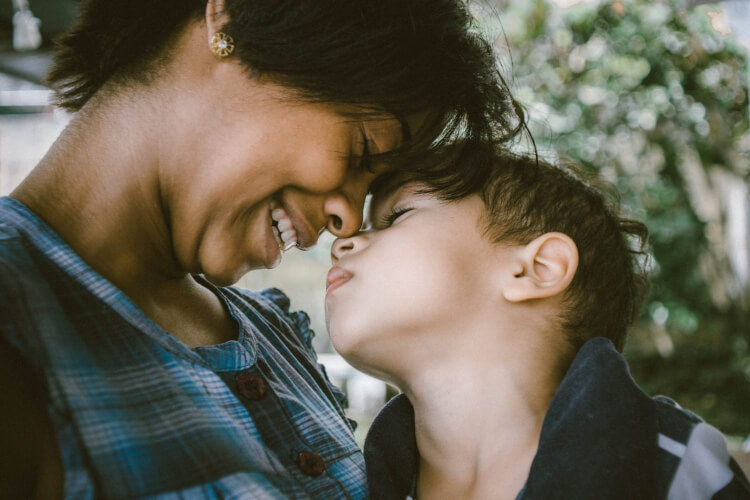
No one wants to think about their child experiencing trauma. Unfortunately, even in the best of circumstances, things happen. Your child might have to unexpectedly deal with a loss. They might have to learn about grief from an early age.
Or, they might see or experience something that a child shouldn’t have to go through.
Whatever the case, it’s important to recognize the common signs of childhood trauma and how you can help.
Everyone processes trauma in different ways, and there is no one “right” way—especially for children. Some children might experience long-term effects from trauma. How things are handled and how you help your child can make a big difference.
So, what is trauma really like for children and what can you do to help your child work through it?
The Normal Grieving Process
It’s hard to pinpoint what is “normal grief” after a traumatic event. But, if your child seems to be handling things well, that could be a good sign. However, it’s still important to make sure they aren’t just keeping their emotions inside. They might end up struggling later, if they do.
One issue some children face after experiencing trauma is not knowing how to fully process it. That’s why, for some children, a response to the trauma won’t occur for 3-6 months after the event.
While forcing them to talk about it isn’t the best solution, it’s a good idea to let them know you’re there as much as possible. Encourage them to talk about their feelings. Ask them if anything is bothering them, or how they feel about a specific event. They need to be the ones to lead the conversation, but you can open the door for them to talk about it.
Common Behaviors
For children who do struggle with the effects of trauma right away, there are some telltale signs to be aware of, including:
- Sleep issues (too much or too little)
- Appetite changes
- Irritability or bouts of anger
- Problems focusing at school
They might also develop symptoms of anxiety, like a fear of being away from you. That fear could be directly associated with the traumatic event, too. For example, if your child was in a car accident, they might have a hard time getting in a car again, or they might worry the entire time they’re on the road.
Recognizing Triggers
Even if you believe your child has worked through their trauma, be aware of triggers. They might not always be as obvious as you would think. Your child could be “fine” one moment, experience a trigger, and suddenly have to deal with a bout of fear or anxiety.
Recognizing your child’s triggers can make it easier for everyone. The more you know about them, the more you can help your child avoid those triggers. If they’re impossible to ignore completely, working with your child to manage the way they feel about those triggers is the next best step.
If your child is struggling with the effects of trauma, it doesn’t mean they have to deal with it forever. As a parent, it can be frustrating, overwhelming, and even scary to see your child deal with such things. Thankfully, you’re not alone. Help is available.
Feel free to contact us for more information. Childhood trauma is, unfortunately, a very real thing. But it can be managed with the right help. Whether you’re worried about your child’s behaviors now or you’re concerned about them keeping their emotions inside, together we can work through their trauma and help them move forward healthily.
